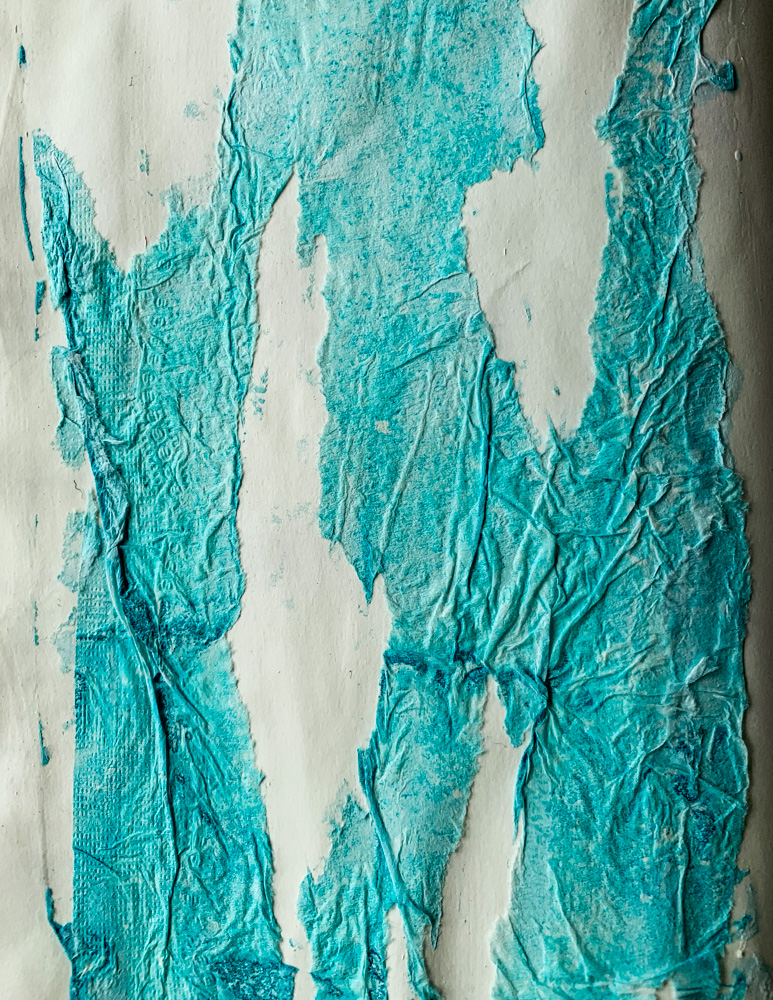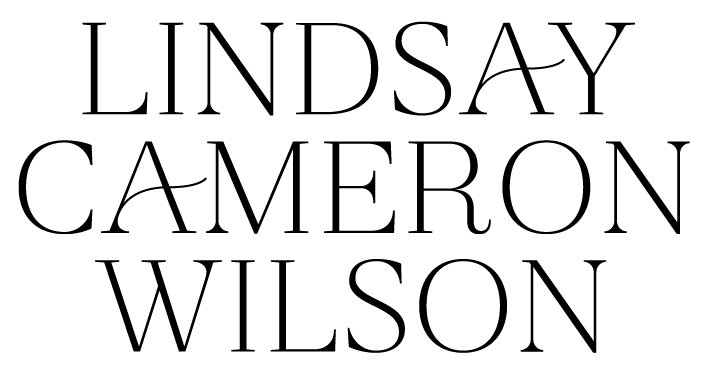
I’m not sure where to start, so I’ll begin in a sheep barn in New Hampshire. It’s a red barn, with big open windows overlooking a grassy chicken run. The sheep have moved out for the week for our workshop, and the barn is full of tables. Art work, poems and images are pinned to the walls, and a clothesline is strung from one end to the other, where more images, poems and artwork hang.
The workshop is called Tactile Notebooks and the Written Word. It’s taught by textile artist Sandra Brownlee. Sandra is my aunt. I’ve had small glimpses into what she teaches over the years, through conversations, through her work, through her extensive library of books that she peppers with sticky notes until they look like fluorescent porcupines. I’ve watched her fill her suitcases with her clothesline of content, with her own notebooks, with a typewriter. Her workshops are usually a flight away – Australia, Vancouver, Somerset. But now she’s teaching in New Hampshire, a two day drive from Halifax where we live. So I signed up.
The workshop isn’t about learning how to become a textile artist. It’s about getting to know yourself, so your own creative practice can flow. It grew from Sandra’s notebook practice, one that she began to corral her thoughts and ground her mind before she moved towards the loom. She would write, stitch, glue, whatever into her notebooks, and sometimes the work she recorded would find its way into her textiles. Those notebooks became art in itself.
So as we, the students, respond to our surroundings, to a theme, to a poem, we reach for our notebooks and record whatever flows. The intention is not to have a scrapbook to share. Our notebooks are a place to play and reflect, to record and experiment. It’s about the creative process, trusting it, exploring it, noticing what we notice and following that thread.
On day three we dip edges of paper into a pan full of water turned blue from a piece of copper. Blue bleeds onto white, clinging and climbing up the porous paper. It is capillary action, a junior high experiment. But we’re older women, playing with paper and metal, just to see what will happen. I lay a paper napkin into the water. It floats on top, swirling. I pull it up and it drips, limp and lifeless, then I lay it on a rock to dry. The next day I paint my journal with gesso and smooth the turquoise paper over top. The napkin buckles; the top layers won’t adhere. I don’t like it. The crinkled paper reminds me of green hospital issue postnatal disposable underwear. I tear the layers off the page until all that’s left are strips the colour of oxidized pennies. It’s not a precious journal. It’s a place for thoughts, expression, experiments.
That night I crawl into bed and crack open my novel. The main character, Dr. Fleishman, diagnoses a woman with Wilson’s Disease. He shows his residents the tell-tale sign – a copper ring around the patient’s irises.
Of course I had to google. Wilson’s disease is a condition where the body cannot process copper. I wondered why a body would ingest copper.
‘Follow the thread’. Most of what we learn from Sandra is literal and metaphorical. Keep at it. Stay curious. Use thread as your tether, and follow it. It will take you down a path that might be circuitous, who knows. But stick with it.
Now I’m home, sprinkling pink sea salt and chopped garlic into a mortar. I pound it with the pestle. Pink sea salt is full of minerals, full of copper. Our body needs minerals (and now I’ve learned we need copper too) but my eyes love the pink of the salt.* The mixture becomes a wet paste. I add some acid – apple cider vinegar and a squeeze of lemon juice – and leave it to macerate, to soften, to become fluid. When it’s time to eat, I add olive oil into the mortar, twice as much as the liquid in the bowl, and whisk until everything is emulsified. I pour the smooth vinaigrette over a big bowl of salad greens before the oil has a chance to retreat back into itself.
A few days later my father arrives for dinner with a box of oysters. My middle son is our oyster shucker. He covers the oyster with an old tea towel and inserts the tip of the shucker into the lip and wiggles until the lid pops open. Her swirls the knife around the shell and un-tethers the oyster, trying to keep the precious brine intact. He places them on a platter and I douse them with lemon juice and a tiny dot of Sriracha. My youngest son loves oysters the most. He tips one back, then another and another, his eyes squinting a little as the Sriracha hits the tongue.
Copper- Cu on the periodic table- is a mineral our body needs. But it’s also a pink, blue, turquoise or hospital green thread that weaves through my kitchen, through the ocean and into a sheep barn in New Hampshire.
* ”Relax, you do not need pink Himalayan Sea Salt,” said Alexander McCall Smith in episode 25 of The Food Podcast. He was proposing what the first line of his cookbook, if he were to write one, would be. Clearly McCall Smith wasn’t considering the importance of minerals in our diet.
